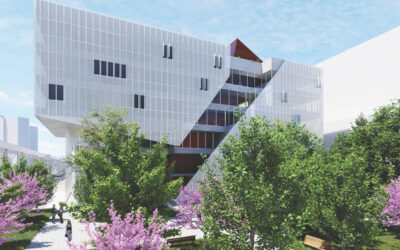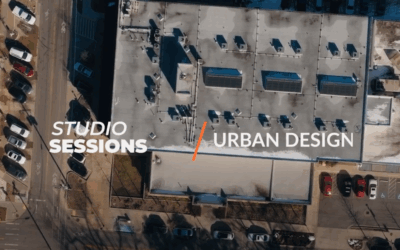When Little Rock Mayor Frank Scott, Jr. took office, one of his goals was to streamline the planning, zoning, and development process. In what can be seen as a major win for the City, in May of 2020, sweeping changes were adopted by the Little Rock Board of Directors in hopes to drive economic development and growth. The changes come at an important time for Little Rock, where competition for recruitment and retention of companies has gotten extremely fierce. But will the process improvements drive growth? And did the changes go far enough?
In Little Rock, the development-related ordinances haven’t been substantially updated since the 1980s. Changes include updates to zoning, storm drainage, and building requirements. As important, according to the updated ordinances, “50-60% of the changes deal with shifting responsibility from either the city’s planning or public works departments to a restructured development division that includes staff members who focus solely on helping applicants.” Previous versions required applicants to go through both planning and public works along the development process. Having a single source for building and construction-related entitlements will greatly improve the efficiency of the process.
Owners can now expect the entire process from application to building permit to be reduced from more than 90 days to between 30 to 60 days, which can be a valuable incentive. Although the changes could be described as “sweeping,” the basic fundamental structure of the zoning ordinances remained unchanged, meaning the framework operates under the traditional premise that land should be organized by specific use, and those uses have specific requirements for parking, landscaping, screening, and density, among other requirements. From a May 2020 Town Hall Meeting held by the City, featuring Jamie Collins, director of Planning and Development, and Jon Honeywell, director of the Public Works Department, noted that the new digital communication process will allow neighborhood associations and other constituents to be better informed of projects happening in their area which should make for a more stable foundation for neighborhood growth.
“A Guide for Smart Growth” published by U.S. Environmental Protection Agency (EPA) notes, “Good codes are the foundation upon which great communities are built. They are the framework that regulates where and what type of development can occur …When done well, codes make it easier for a community to implement its vision. However, when they are out of date or do not line up with the community’s vision, codes can actually keep communities from getting the development they want.” The next generation of code updates in the City of Little Rock will hopefully consider the use of form-based codes, as endorsed by EPA, which states that “conventional zoning practice of the past several decades has separated residential, retail, and office uses. Today, however, this zoning stands in the way of communities that want to create vibrant, walkable neighborhoods that mix these uses and give residents the option to walk to the store, walk to work, or own a home business.” It is this type of vibrant environment that people are searching for. Some of our best local examples are: SoMA, Argenta, Hillcrest, and The River Market; all of which have historic beginnings that pre-date the extensive zoning codes of today. These places have a significant role in recruitment and retention of people and companies to Central Arkansas.
In February of 2010, Nashville, Tenn. adopted a revised and updated Downtown Code to ” Provide opportunities for continued growth while preserving and enhancing the character that inspires residents and businesses to move Downtown.” Since that time, Nashville has been known as having more tower cranes than any other place in the US. An April 17th 2019 article from The Tennesean, states “Despite the apparent slowdown, Nashville grew faster than most large metro areas (in 2018). The region grew by 30,377 people to 1,930,961, at a rate of 1.6%. That growth rate landed the region in 11th place on the ranking of the nation’s 53 metro areas with populations of 1 million or more. Austin, Texas, was the fastest-growing large metro area, at a rate of 2.5 percent.” In that same time period, the city has seen population growth rate nearly double since 2011 with peak years of 2015-2016. What makes Austin unique is that it has an almost constant process for improving the development process. In 2019 the City began a rewrite of its zoning ordinances. But, in the 10 years prior, they enacted over 200 changes to the zoning ordinances alone. Both Austin and Nashville were very similar in population to Little Rock 40 years ago, about the last time Little Rock enacted major development process changes.
So can these changes to our development process really drive growth in our community? The answer to that question will be seen in the years ahead. But if our neighbors to the east and south are any indication, the changes are a step in the right direction. Unfriendly and difficult entitlement process can cost valuable resources and often will discourage projects from happening. And, in this day and age, the Little Rock community can use any advantage it can get.
This article was originally published in AMP News Online.




